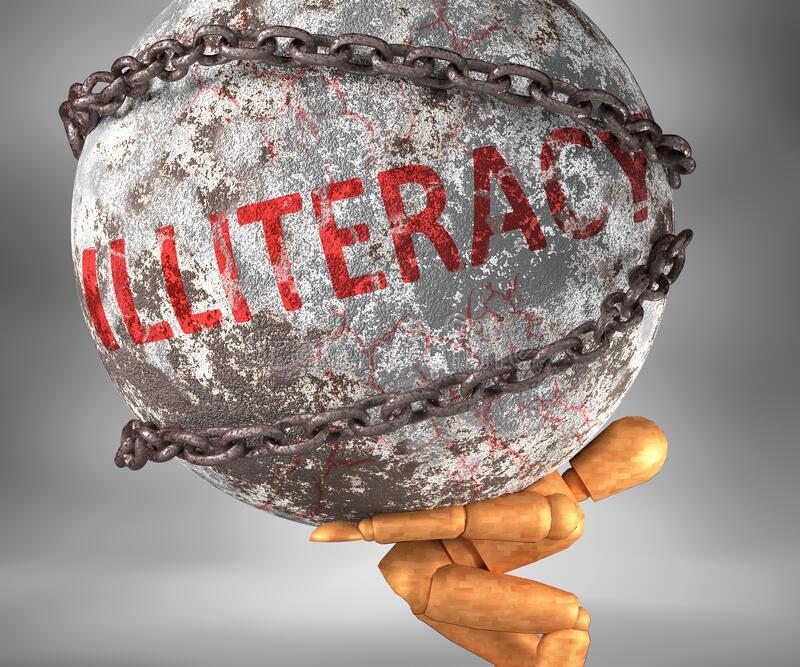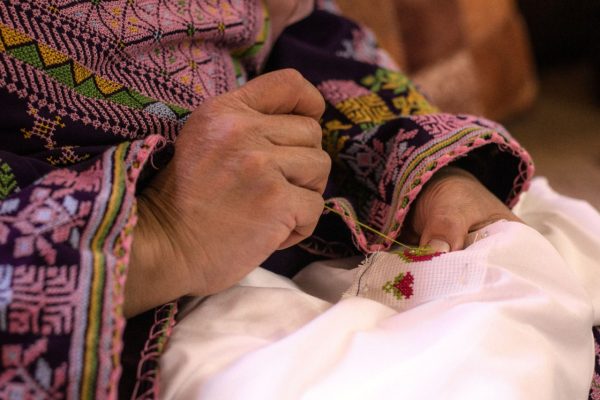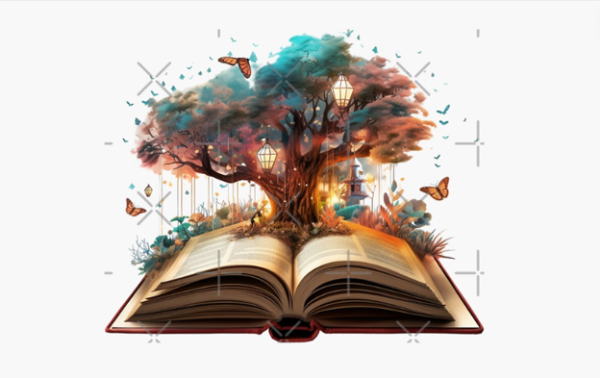The Untreated Pandemic
Climate change, the Coronavirus pandemic, and the ongoing humanitarian crises in countries like Afghanistan are some key challenges which modern society has vowed to resolve. And yet, whilst the world turns its attention to the COP26 summit, the rollout of Covid19 vaccinations, and the funding for humanitarian aid, another pressing issue is threatening the livelihoods of millions of individuals across the globe. It is an ailment as old as the first of human civilisation, and one which only the most developed countries have been able to eradicate: illiteracy remains the untreated pandemic of the 21st century.
Across the globe, over 770 million adults and adolescents are unable to read and write, with nearly 250 million children falling short of attaining basic literacy skills. Whilst these figures provide a concerning outline of the issue, they fail to illustrate the full extent of its significance, as illiteracy no longer merely involves the inability to read or write in a particular language. Instead, the United Nations Educational, Scientific and Cultural Organization (UNESCO) defines it as: the inability to identify, understand and comprehend information, and to communicate effectively with others in an increasingly digital world. An individual’s literacy is not only an integral part of their own ability to develop and prosper, but of their capacity to contribute towards the community and economic activity around them. As former US president Barack Obama concluded, “Literacy is the most basic currency of the knowledge economy…” – a worrying prospect for those nations and individuals which still lag behind the rest of the developed world.
A key example of this lies within my home country of South Africa, which, despite efforts to improve access to basic education, still faces the impending consequences of its over 4.4 million illiterate adults. In terms of the country’s younger generations, 78% of grade three children (with an average age of nine) are unable to read for meaning, and nearly 80% of grade four students are considered to be below the international level of reading literacy. Illiteracy, however, does not exist in isolation, and in the case of South Africa it is rooted in various pre-existing economic circumstances. As a result of limited government funding, more than half of the country’s primary schools lack books, libraries, and general school infrastructure, whilst less than 50% of students have their own reading textbooks. This serves as a worrying indication of students’ abilities to achieve across the rest of the school curriculum, as it is dependent on their ability to comprehend new information and skills.
Beyond the immediate issue within the education sector, the underlying lack of access to libraries, as well as the sheer expense of books, serve to further increase illiteracy rates within the adult population of South Africa. In a country where 70% of households earn less than R6 000 per month (currently the equivalent of just over 400 USD), books are still considered a luxury, with the average softcover costing around R260. A further contributing factor is the lack of books being written in indigenous languages, as only a combined 2% of the books being published within South Africa are written in languages other than English and Afrikaans. This not only serves as a language barrier for individuals wishing to improve their reading abilities, but also as a lack of cultural representation within the field of literature – a fact which discourages younger generations from taking a greater interest in reading.
In a global society that considers itself to be academically superior to its predecessors, South Africa serves as a stark reminder of the rudimentary issues that we have failed to eradicate – giving truth to the words of Canadian literary critic, Northrop Frye: “Wherever illiteracy is a problem, it is as fundamental a problem as getting enough to eat or a place to sleep.”













